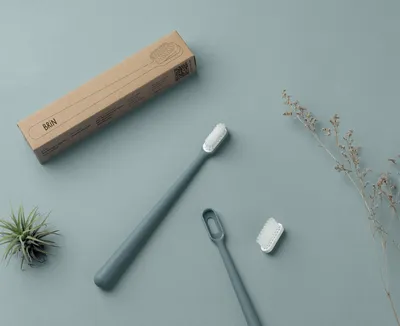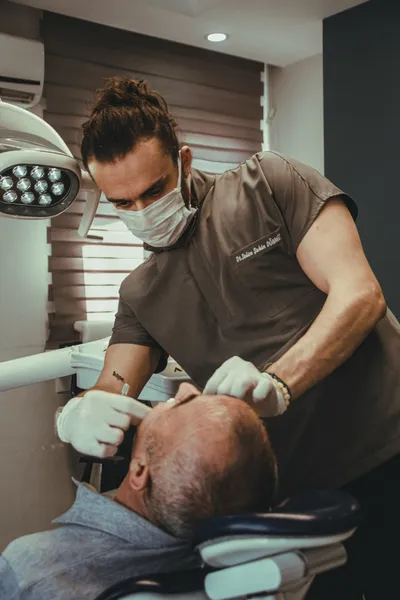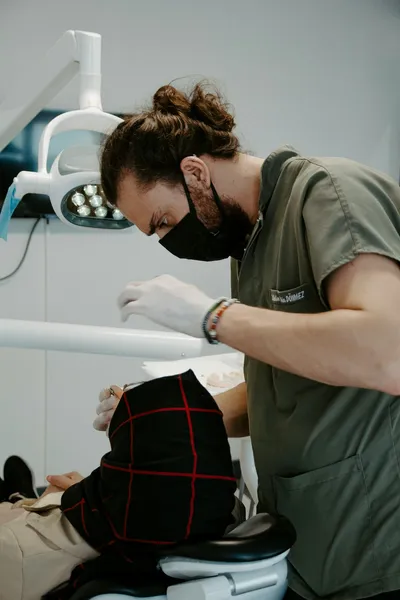
What is Invisalign?
Invisalign is a modern orthodontic treatment that uses a series of custom-made, clear aligners to gradually move teeth into their desired position. Unlike traditional metal braces, Invisalign aligners are virtually invisible, making them a popular choice among adults and teenagers who prefer a more discreet way to straighten their teeth.
How Does Invisalign Work?
Invisalign treatment begins with a consultation with a certified Invisalign provider. During this appointment, your dentist or orthodontist will take 3D scans or impressions of your teeth to create a customized treatment plan. The digital images are used to map out the precise movements of your teeth, and a series of aligners is then created to achieve those movements.
Each set of aligners is worn for about two weeks before moving on to the next set in the series. The aligners should be worn for 20-22 hours per day, only being removed for eating, drinking, brushing, and flossing. Gradually, over the course of 12 to 18 months, the aligners will shift your teeth into their final positions.
Benefits of Invisalign
Discreet Appearance
One of the primary reasons for Invisalign's popularity is its nearly invisible appearance. The clear aligners are made from a transparent plastic material, allowing you to straighten your teeth without anyone noticing.
Comfort
Invisalign aligners are made from smooth, comfortable plastic, reducing the likelihood of irritation to your cheeks and gums compared to traditional metal braces.
Removability
Unlike braces, Invisalign aligners can be easily removed for eating, drinking, and oral hygiene. This feature allows you to enjoy your favorite foods and maintain your normal brushing and flossing routine without any special tools.
Fewer Dental Visits
With Invisalign, you typically need fewer dental visits compared to traditional braces. Follow-up appointments are usually scheduled every 6-8 weeks to ensure your treatment is progressing as planned.
Invisalign vs. Traditional Braces
While both Invisalign and traditional braces are effective at straightening teeth, there are some key differences to consider:
Appearance
Invisalign aligners are clear and virtually invisible, while traditional braces consist of metal brackets and wires that are more noticeable.
Treatment Time
The treatment time for Invisalign and traditional braces can vary depending on the severity of the case, but Invisalign may offer a shorter duration for some patients.
Comfort
Invisalign aligners are generally more comfortable than the metal brackets and wires of traditional braces. However, they still require an adjustment period, and some patients may experience minor discomfort when switching to a new set of aligners.
Cost
Invisalign can be more expensive than traditional braces, though costs can vary depending on the complexity of the case and the provider.
Is Invisalign Right for You?
If you're considering orthodontic treatment and are leaning towards a discreet and comfortable option, Invisalign might be the right choice for you. It's essential to consult with a certified Invisalign provider to determine if you're a good candidate for this treatment. They will assess your dental health and discuss your goals to create a personalized treatment plan that suits your needs.
Invisalign has revolutionized the field of orthodontics, offering a convenient and aesthetically pleasing alternative to traditional braces. Whether you're a teenager or an adult, Invisalign provides an excellent option for achieving a perfect smile with minimal disruption to your daily life.
Top Dental Health Articles
Discover our most popular dental health articles, featuring expert advice that our readers rely on.



